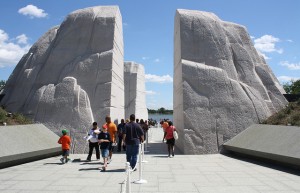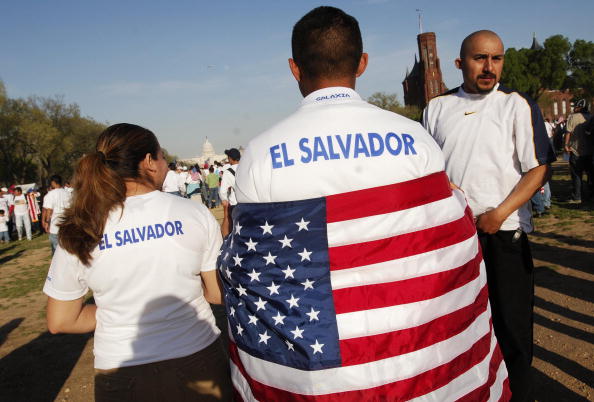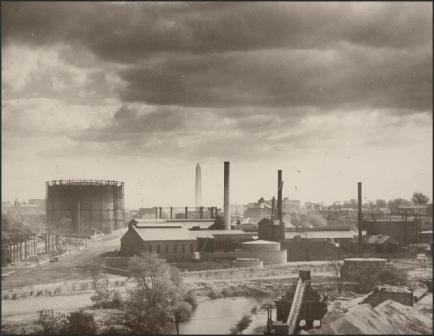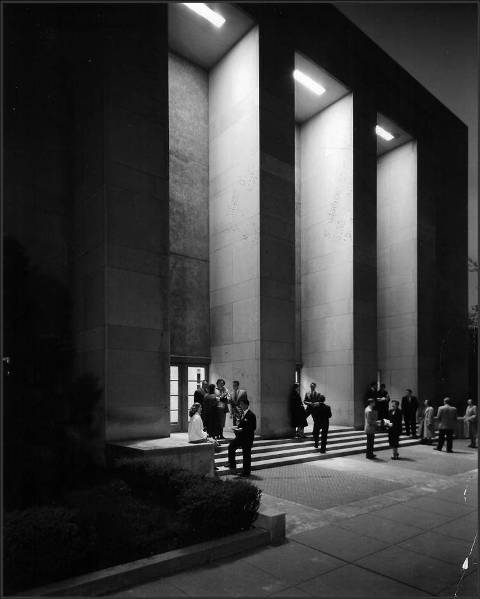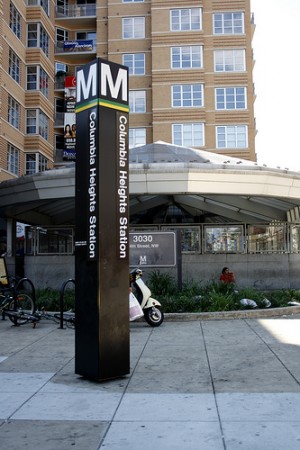Politicians who pushed for federal health care reform focused much attention on how the law would help the uninsured. But a new poll shows many uninsured Americans don’t see the legislation as beneficial, nor do they know about provisions designed to help them.
The Kaiser Family Foundation poll shows that 41 percent of uninsured Americans said that the new law won’t make a difference to them, while 14 percent said the law will hurt them. Nearly half of uninsured respondents don’t know about the law’s low and middle class tax credits. And the reason? People who can’t pay for insurance are quite occupied with trying to make ends meet. Politico reports:
Drew Altman, [president and CEO of the Kaiser Family Foundation], said the figures do not reflect a communications failure. He says busy people — particularly those struggling to afford insurance now — will only understand the law when it becomes tangible for them.
“When there is real insurance coverage available for people who don’t have it, they will be more aware of it, and they will be able to render a judgment about whether coverage is affordable for them,” Altman said.
In D.C., about 11 percent of the population is without insurance, which is actually lower than the national average of 17 percent, according to Kaiser Family Foundation data.





